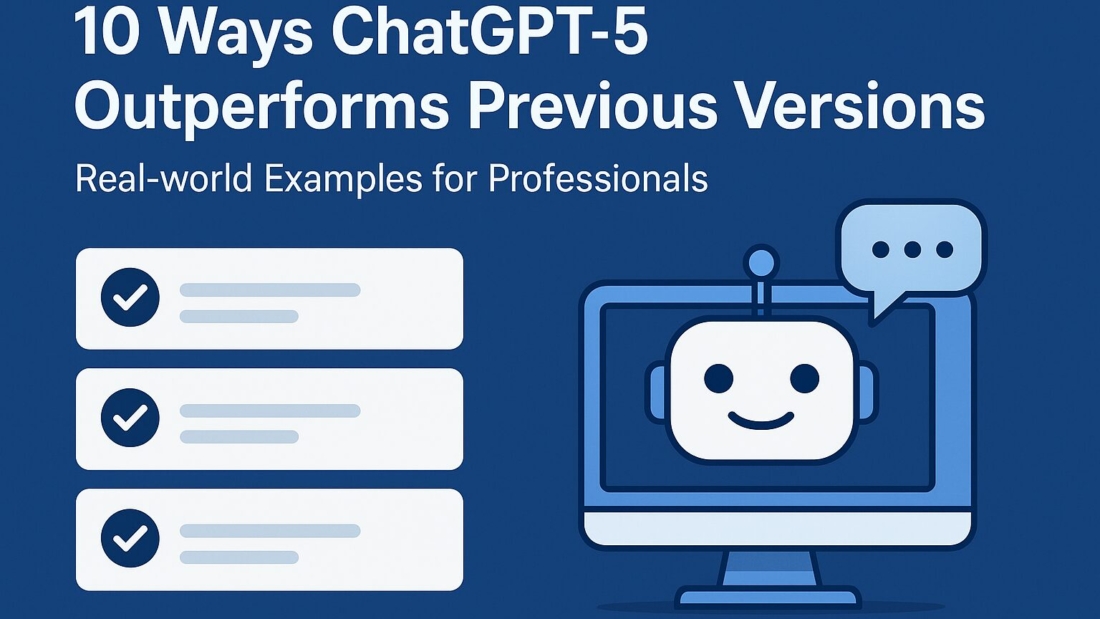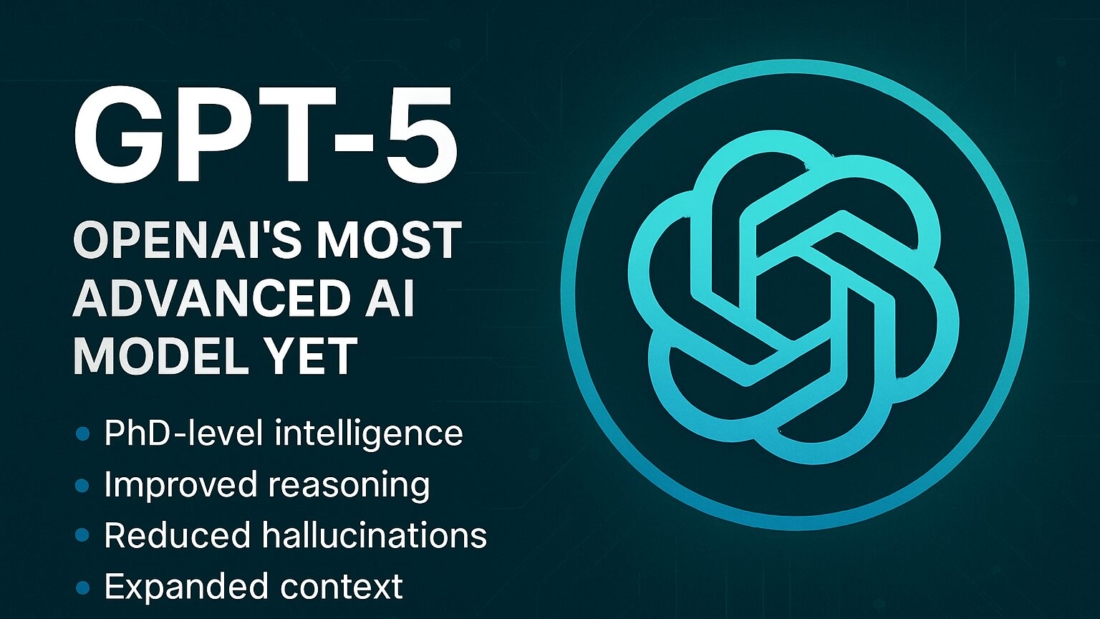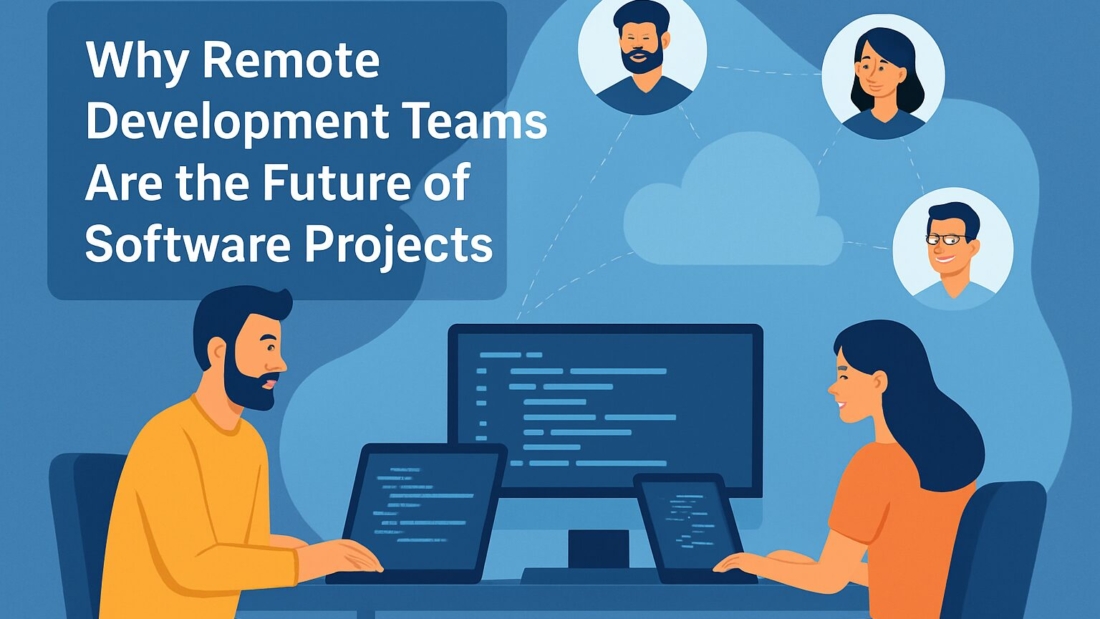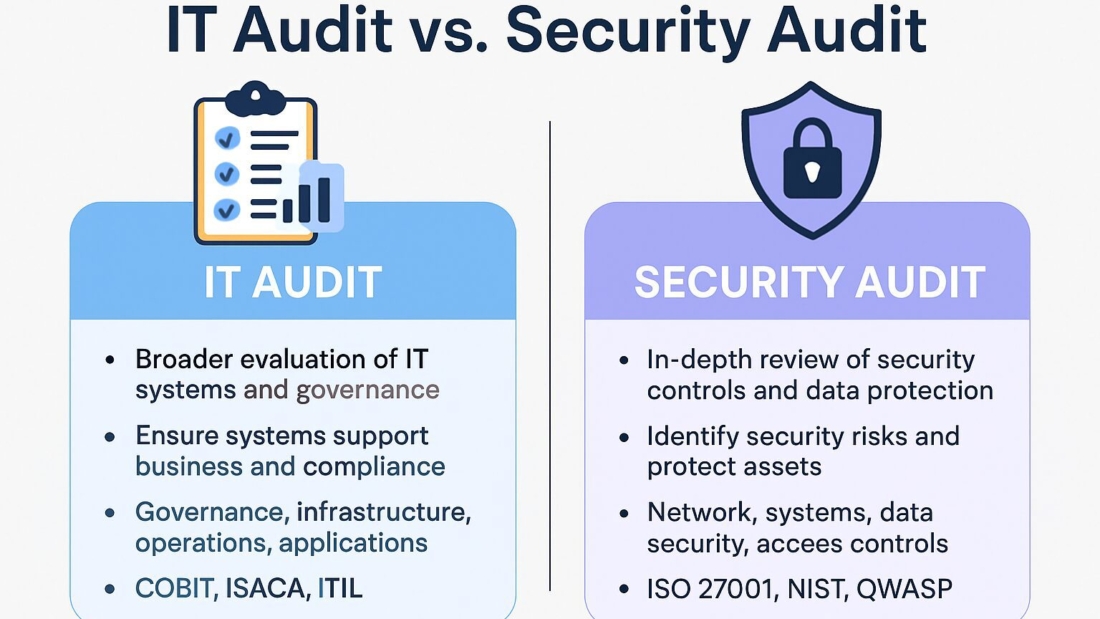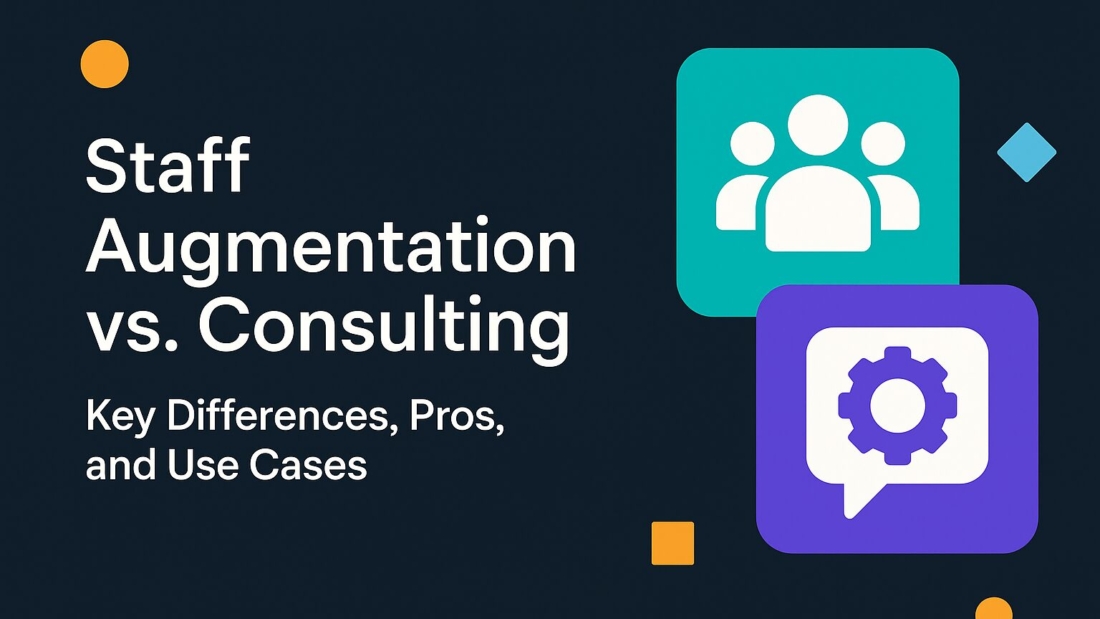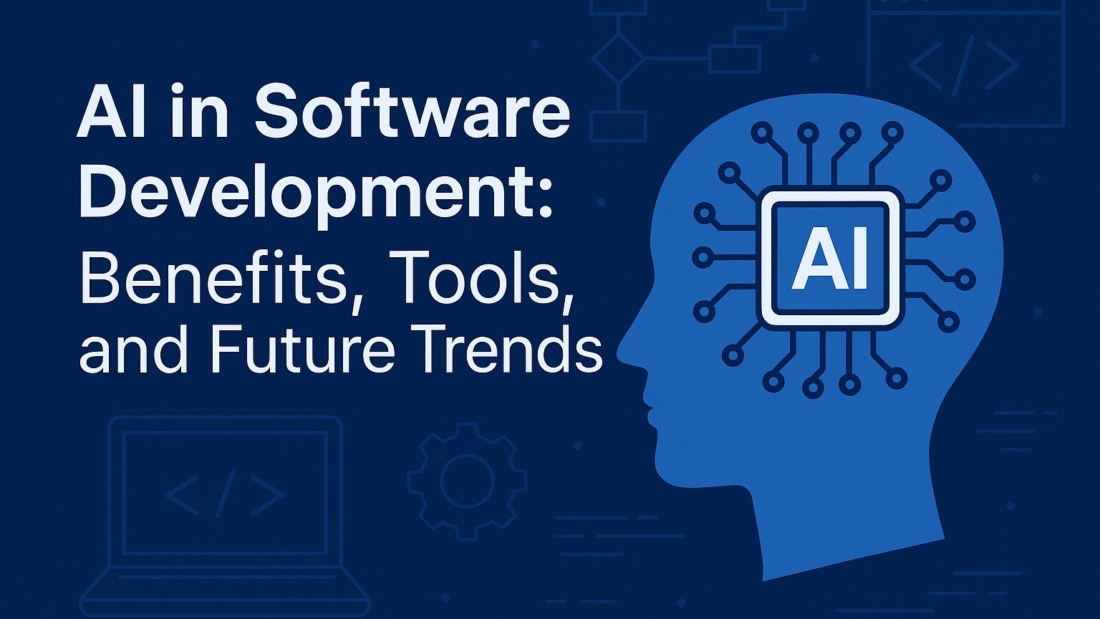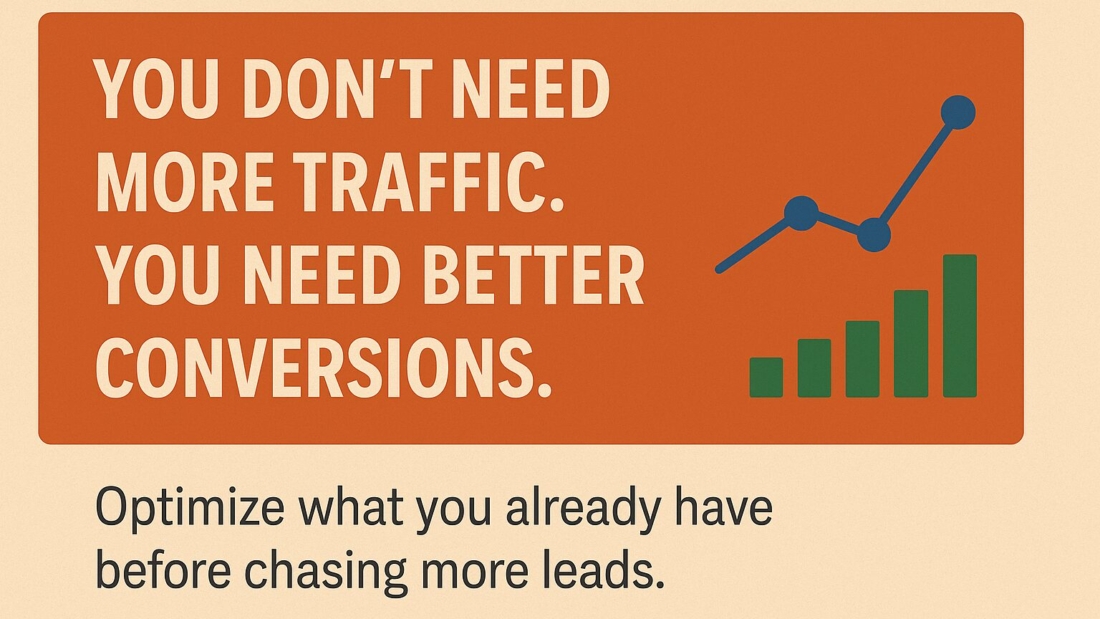In software development, code quality is often discussed in terms of performance, maintainability, and technical debt. However, one critical aspect is frequently overlooked—the impact of poor code quality on company culture. While bad code may initially seem like a technical problem, its ripple effects can erode team morale, damage trust, and slow down productivity across an entire organization.
This article explores how subpar code affects the human side of software development and what leaders can do to address it.
1. Poor Code Quality Breeds Frustration and Burnout
When developers consistently work with messy, inconsistent, or outdated code, it becomes harder to add features, fix bugs, or improve performance. This frustration compounds over time.
Imagine a new developer joining the team, only to spend their first month deciphering a spaghetti codebase instead of contributing meaningfully. They’re less likely to feel engaged or motivated. Existing team members may feel trapped in a cycle of fixing the same problems repeatedly, leading to burnout and disengagement.
Burnout not only impacts individual well-being but also increases turnover—costing companies far more in hiring and training than they might have spent on improving code quality in the first place.
2. Erosion of Trust Within the Team
Trust is essential in collaborative environments. Poor code quality undermines it in subtle but damaging ways.
When developers repeatedly encounter broken functionality, inconsistent standards, or surprise bugs caused by hasty fixes, they may lose confidence in their colleagues’ work. This lack of trust can lead to defensive coding, over-documentation, and an unwillingness to collaborate freely.
In some cases, poor code quality fosters a blame culture, where developers point fingers rather than solve problems together. Over time, this toxicity can drive away top talent and make recruitment harder.
3. Slower Development Cycles Hurt Morale
A low-quality codebase acts like a heavy anchor on productivity. Developers spend excessive time understanding and working around technical debt instead of building new features.
This delay has a demoralizing effect. When teams can’t deliver value quickly, stakeholders may become frustrated, creating pressure that trickles down to the development team. The resulting stress often leads to rushed fixes, which further degrade code quality—a vicious cycle that harms both the product and the people building it.
4. New Hires Lose Confidence Early
Onboarding new developers into a poorly maintained codebase is like asking them to run a marathon with heavy weights tied to their ankles.
Instead of learning best practices and feeling empowered, new hires might feel overwhelmed, questioning their skills or whether they made the right career move. This early disillusionment can lead to quick exits, costing the company recruitment fees, lost time, and damaged team stability.
5. Increased Risk of Silos and Knowledge Hoarding
When code is messy and poorly documented, it often becomes dependent on a few “gatekeepers” who know how things work. This creates silos where critical knowledge is concentrated in certain individuals, making the team overly reliant on them.
If one of these key people leaves, the knowledge gap can cause significant delays and further stress remaining team members. Knowledge hoarding, whether intentional or unintentional, also reduces collaboration and makes teams less resilient.
6. Negative Impact on Company Reputation
Company culture extends beyond internal operations—clients, partners, and potential hires can sense when an organization struggles with its development process.
Missed deadlines, buggy releases, and inconsistent updates reflect poorly on the brand. Talented developers talk, and word spreads quickly in the tech community. A reputation for sloppy code can make hiring and retention even more difficult.
7. How to Protect Company Culture from Poor Code Quality
Fortunately, companies can take proactive steps to prevent poor code from undermining their culture:
Establish Clear Coding Standards: Ensure the team follows consistent guidelines for structure, style, and documentation.
Implement Regular Code Reviews: Peer reviews help catch issues early and promote shared knowledge.
Invest in Developer Training: Encourage upskilling to keep the team aligned with modern practices.
Refactor Incrementally: Allocate time for continuous improvement rather than leaving technical debt to accumulate.
Promote Open Communication: Create a culture where developers feel safe raising concerns about code quality without fear of blame.
By treating code quality as both a technical and cultural priority, companies can build a healthier, more productive environment.
Final Thoughts
Poor code quality is more than a software engineering problem—it’s a people problem. When ignored, it seeps into the company culture, breeding frustration, mistrust, and high turnover.
Leaders who invest in clean, maintainable code aren’t just building better products—they’re building better teams. And in the long run, a healthy culture is one of the most powerful advantages any company can have.


